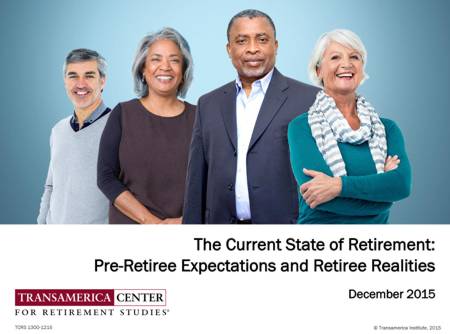Living Vibrantly in the Second Half of Life
![[]](images/left_chunk.jpg)
I was quoted in
the following:
Experience Life Article about "Fearless Aging"the following:
April, 2016 issue of AARP Bulletin
New York Times article
about retirement coaching .
Follow my national
retirement blog:

BLOG ARCHIVE
- The Joys of Slow Travel
- Cancer Lessons
- Create Your Own Longevity Village
- Talking About Aches and Pains
- Planning for Retirement
- Priming for Positive Aging
- Can We Disagree Politically and Still Be Friends?
- It's Never Too Late to Learn a New Language
- The Most Important Communication Skill
- Flexible Retirement
- What a New Knee Taught Us About Growing Older
- Retirement: Hopes and Realities
- Work/Life Balance in Retirement
- Semi-Retirement: What is Your Story?
- Aging: Four Game Changers
- Different Ways to Create Family
- Retirement Advice for David Letterman
- Running 13.1 Miles on "Old Knees"
- Is Busy Good Enough
- New Kid on the Assisted Living Block
- When a Tree Falls
- The Last Straw
- Catching Good Habits
- Risky Business
- You Can Go Home Again
Retirement: Hopes and Realities
December 8, 2015
What are people's dreams for retirement and how good are their chances of achieving those dreams? New research from the Transamerica Center for Retirement Studies answers those questions in its new
report, "The Current State of Retirement: Pre-Retiree Expectations and Retiree Realities." Comparing the hopes of 50+ workers with the realities of retirees, the report identifies
how retirement is changing and looks at changes needed in public policy.

Retirees quit working earlier than 50+ workers plan to quit. The median age for current retirees is 62. Their experience demonstrates that a number of factors affect retirement age. Sixty percent of retirees left their jobs sooner than planned. Of this group, sixty-six percent left for employment-related reasons such as organizational changes, job loss or unhappiness with the job or career.
Current workers are more likely to envision a transition period between full-time work and full-time retirement. Fifty-four percent of 50+ workers plan to work, at least part-time, after they retire. Only five percent of surveyed retirees are currently working. Although 50+ workers report receiving more retirement planning assistance from their employers than retirees received, only slightly more than twenty percent reported having access to flexible work arrangements or opportunities to shift from full-time to part-time work.
Other areas of comparison in the study include health and longevity, where to live and how to spend time in retirement, fears and lifestyle, and finances in retirement. The report also includes recommendations for 50+ workers, retirees, employers and policymakers.
